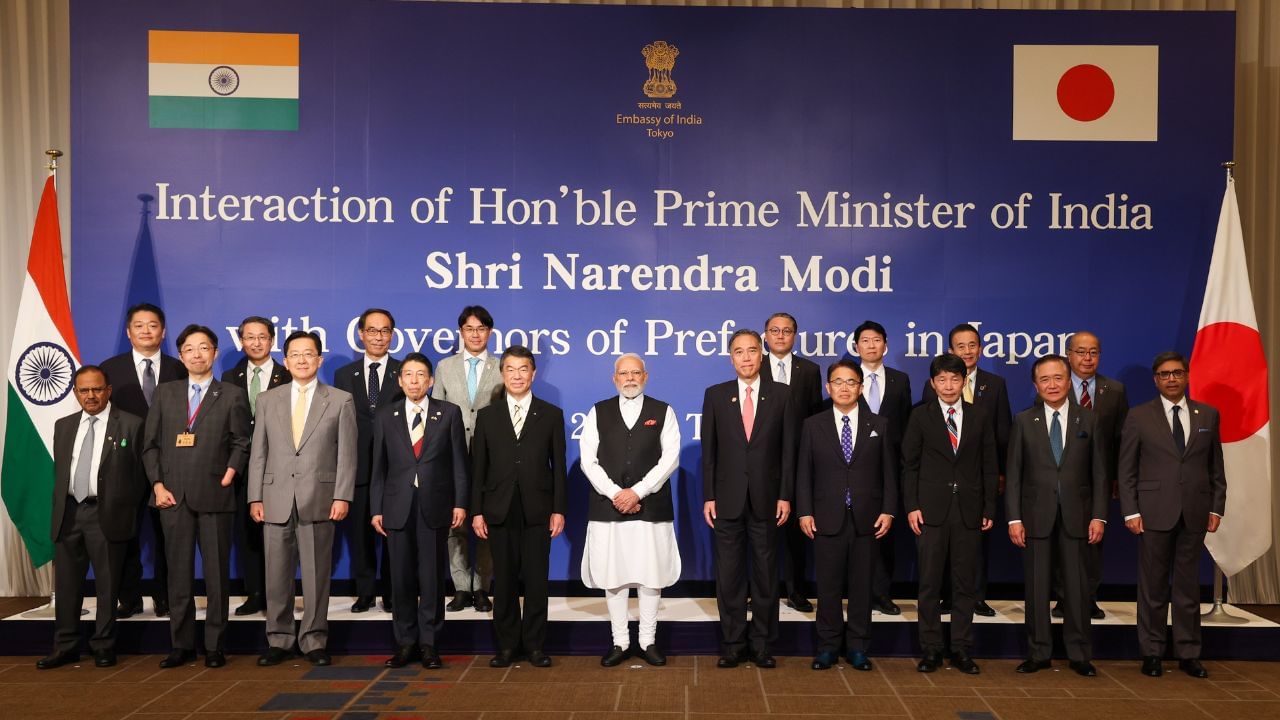Prime Minister Narendra Modi and Japanese Prime Minister Shigeru Ishiba took a bullet train ride together on Saturday as part…
Browsing: Japan
Prime Minister Narendra Modi’s official visit to Japan included interactions with Japanese Prime Minister Shigeru Ishiba. The greeting ‘Arigato Gozaimas’…
Beijing, the capital of China, is preparing to host two significant events this week. The first is the Shanghai Cooperation…
In Tokyo, Prime Minister Narendra Modi held discussions with the governors of 16 Japanese prefectures, focusing on strengthening the India-Japan…
Following talks with Japanese Prime Minister Ishiba, Prime Minister Narendra Modi announced the establishment of a roadmap for collaboration over…
Japan’s defense budget will reach a historic high, with the defense ministry requesting 8.8 trillion yen for the next fiscal…
In Tokyo, Prime Minister Narendra Modi addressed the India-Japan Joint Economic Forum, emphasizing the potential of Japanese technology and Indian…
Prime Minister Narendra Modi has begun a visit to Japan, participating in the 15th India-Japan Annual Summit. Subsequently, he will…
Prime Minister Narendra Modi has arrived in Japan to participate in the 15th India-Japan Annual Summit, embarking on a two-day…
Prime Minister Narendra Modi is currently on a two-day visit to Japan. The agenda includes meetings with Japanese Prime Minister…











